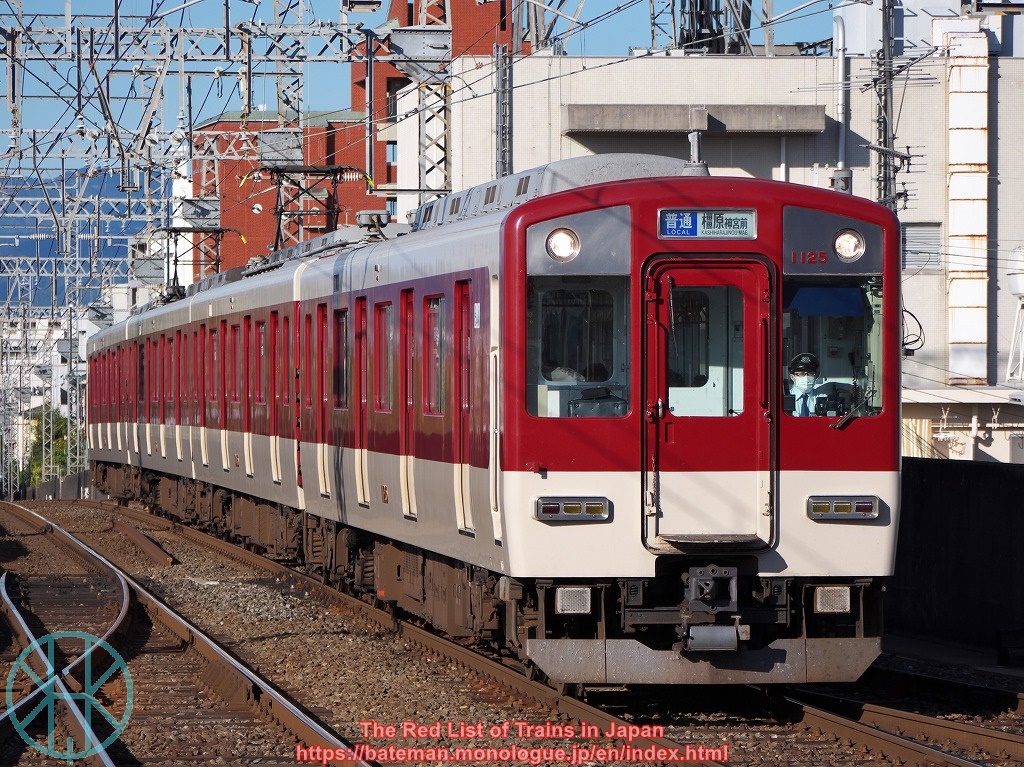Kintetsu 1220 series group

Data (as of 5 Apr 2025)
| Status: | Least Concern |
| Constructed in: | 1987-98 |
| Number built: | 166 |
| Registered: | 166 |
History
This article is about the following types of trains: 1020, 1021, 1026, 1031, 1220, 1230, 1233, 1240, 1249, 1252, 1253, 1254 and 1259 series. This is one of the most complicated classification amongst Kintetsu trains.
The 1220 series group consists of the abovementioned commuter-train series. They are based on 1400 series and 8810 series, but traction of the 1220 series group is inverter-controlled and thus more environmentally-friendly.
The 1220 series was built in 1987 and is formed of two coaches. They often join to other longer trains.
The 1230 series, which was built in 1989-98, is based on the 1220 series but has slightly improved design. The 1230 series can be further classified into 1230, 1233, 1240, 1249, 1252, 1253, 1254 and 1259 series. They have subtle differences such as bogies, braking systems, track-cleaning devices and driver-only operation features. Some 1252 series units are compatible with through-services towards Hanshin lines.
The 1020 series was introduced in 1991-98 and each unit is formed of either four or six coaches. They can be further classified into 1021, 1026 and 1031 series, and some four-car units are compatible with driver-only operation.
Current Operations & Future Prospects
The 1220 series group trains have been used for various commuter trains (from Rapid Express to stopping services) on Kashihara, Kyoto, Ikoma, Nagoya, Namba, Nara, Osaka, Tenri, Toba and Yamada Lines. Those with driver-only operation features also run Shima Line. As mentioned above, some units are also used for through-services towards Hanshin lines. A major refurbishment programme has taken place since 2024.
